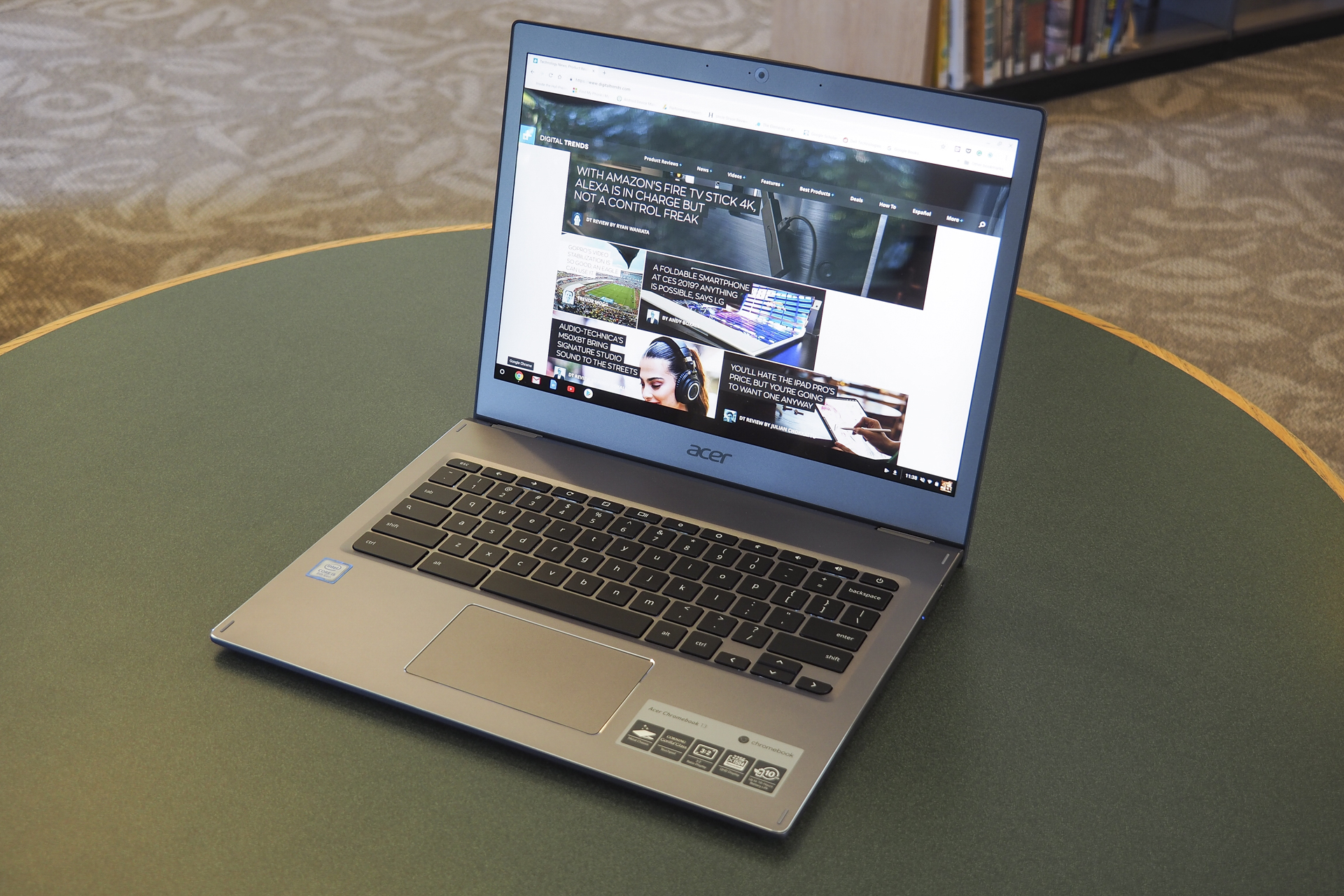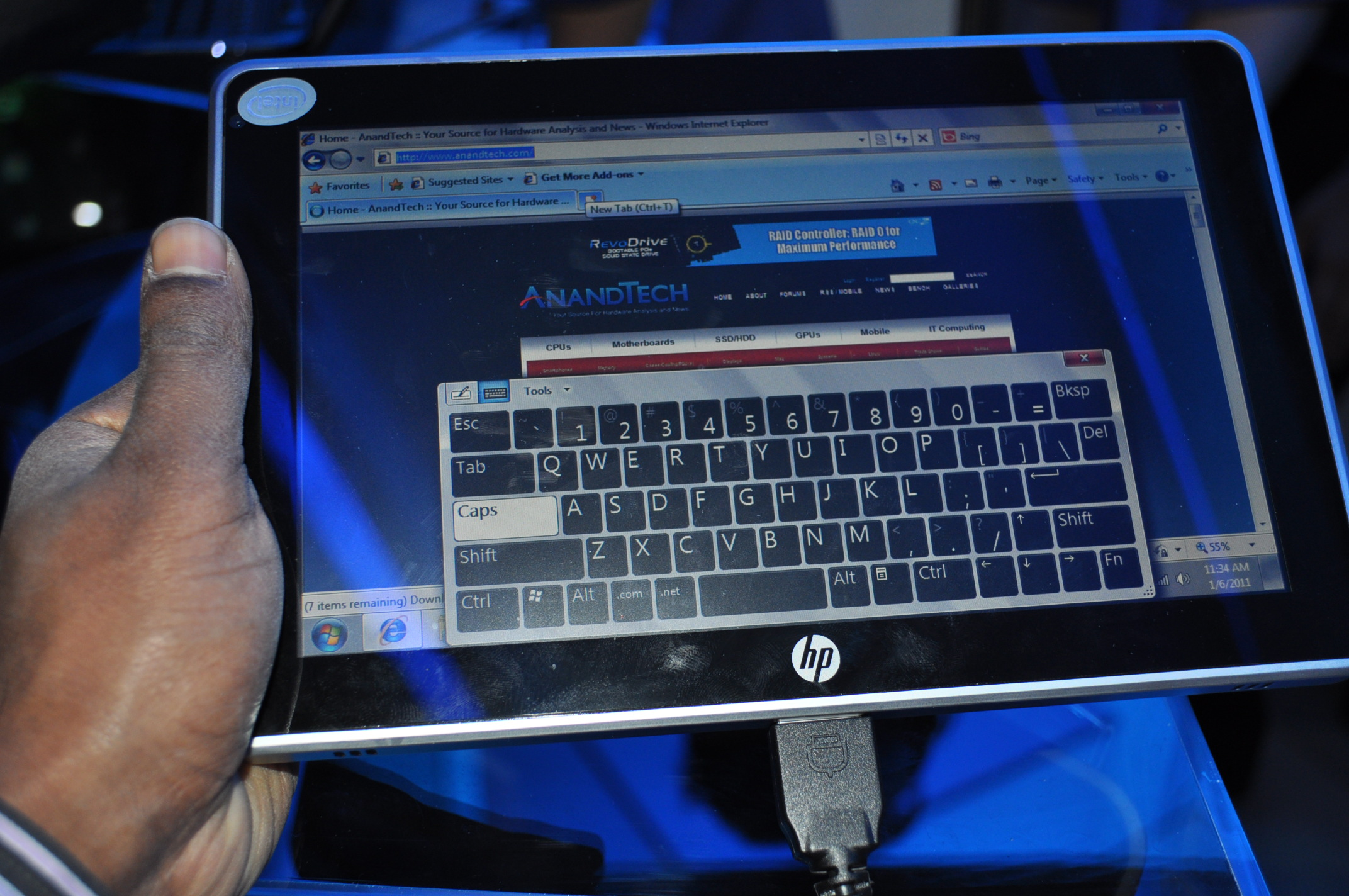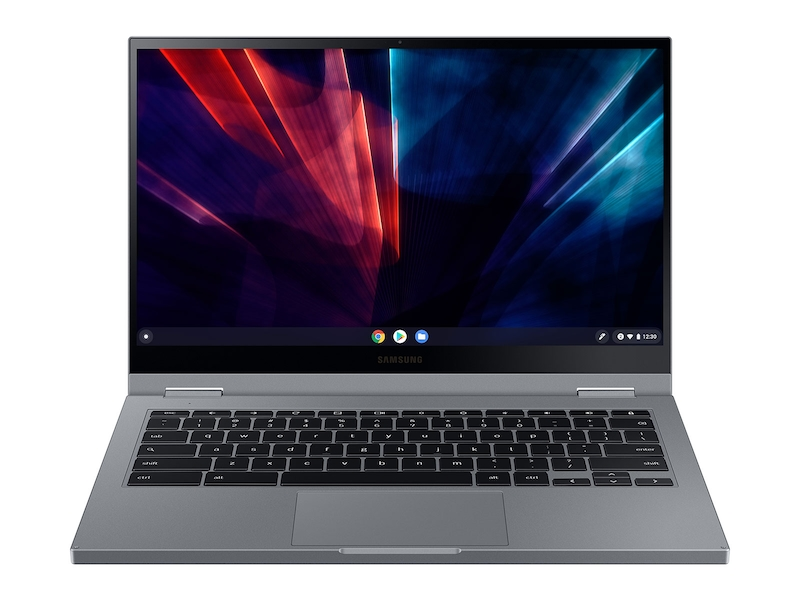When searching for an ideal device, the Acer Chromebook 13 review serves as a beacon for potential buyers delving into the world of Chromebooks. With promising Acer Chromebook specs that display an impressive 1080p resolution and a robust Tegra K1 processor, this laptop appears to set itself apart in the budget marketplace. Users can appreciate the Acer Chromebook build quality, which reflects a significant upgrade from previous models. Coupled with capable Chromebook battery life boasting up to 11 hours, the device seems ready for long work days. However, as we explore this review, it’s essential to weigh both its enticing features and the performance drawbacks to see if it truly meets your needs.
For those on the hunt for a practical laptop experience, the Acer Chromebook 13 presents an interesting option that blends decent specs with an affordable price tag. This device aims to balance functionality and design, making it a contender in the crowded Chromebook category. With a focus on user-friendly performance, the Acer Chromebook prides itself on efficient battery longevity and satisfactory build quality, hallmarks of today’s desirable computing devices. However, while it boasts a high-definition display and a competitive processor, potential users must consider its limitations in daily use. In this discussion, we’ll dive deeper into the highlights and shortcomings of Acer’s entry into the Chromebook arena.
Acer Chromebook 13 Review: An Overview
The Acer Chromebook 13 presents a compelling option for users seeking a solid-built device on a budget. With an appealing starting price of just $300, this Chromebook features impressive specifications, which include Nvidia’s Tegra K1 processor and a 13.3-inch 1080p display. However, while these specs sound enticing, the real-world performance diverges somewhat from expectations. Users might find that the performance is lagging compared to other devices in the same price bracket, raising questions about whether this model truly delivers on its promises.
In the crowded Chromebook market, the Acer Chromebook 13 aims to offer unique features that set it apart from its competitors, notably its enhanced build quality and attractive design. Consumers looking for a reliable device that incorporates a decent screen resolution alongside a visually appealing form factor will likely appreciate the Chromebook 13’s efforts. While it faces competition from other brands, especially regarding overall performance, the promise of solid battery life and a sleek design keeps it on many shoppers’ radar.
Strength of Build Quality in Acer Chromebook 13
The most immediate impression one gets while using the Acer Chromebook 13 is its noticeable improvement in build quality compared to its predecessors. Historically, Acer’s budget Chromebooks have been criticized for their flimsy constructions, but this model takes a step forward with sturdier surfaces, robust hinges, and an overall aesthetic that feels more premium – highlighting a shift towards better craftsmanship. Users can feel confident that the Chromebook will withstand daily use, making it an appealing choice for students or professionals alike.
Acer’s intention behind the Chromebook 13 was evidently to create a device that doesn’t feel like a typical entry-level laptop while still adhering to budget constraints. At a weight of just 3.3 lbs and a thickness of 0.71 inches, this Chromebook strikes a balance between portability and usability, ensuring it can easily accompany users on their daily journeys without compromising comfort. This positive assessment of Acer’s build quality can set a favorable tone for potential buyers evaluating numerous Chromebook options.
Display Quality: The Downside of Acer Chromebook 13
The display on the Acer Chromebook 13, while boasting a 1080p resolution, leaves much to be desired in terms of quality. Users quickly notice that it employs a low-quality TN panel, which dampens the overall viewing experience due to poor color reproduction and limited viewing angles. Even though the higher resolution promises more screen real estate for productivity, the grainy surface leaves users straining their eyes after prolonged use.
When assessing a Chromebook’s display quality, resolution isn’t the sole indicator of performance, and the Chromebook 13 exemplifies this notion. Despite its spacious screen offering ample workspace, the underwhelming clarity and saturation can detract from tasks such as web browsing and document editing. Potential buyers should weigh the importance of a high-quality display against other factors, as users may find themselves battling discomfort as they navigate through cloud-based applications in adverse lighting.
Acer Chromebook Specifications to Consider
Understanding the specifications of the Acer Chromebook 13 is vital for potential buyers to ascertain its suitability for their needs. Featuring Nvidia’s Tegra K1 processor, this Chromebook aims to deliver a fast and fluid experience. But while the specifications appear impressive, users may find that, in practice, the performance can falter, especially under multi-tab browsing scenarios. Those primarily focusing on basic tasks might find the experience satisfactory, yet power users who often multitask may wish to consider alternatives.
The technical specifications of the Acer Chromebook, including its RAM options and processing capabilities, are worth analyzing in context. The $380 model offers 4GB of RAM, which can enhance performance slightly compared to the base model, yet it struggles to keep pace with similarly priced Intel-based Chromebooks. As such, those interested in gaming or demanding applications should derive their options from a wider selection of devices that emphasize robust performance without sacrificing usability.
Battery Life: A Strong Point of the Acer Chromebook 13
One of the standout features of the Acer Chromebook 13 is its commendable battery life, which is advertised as up to 11 hours. Based on user experiences, this claim holds true and constitutes a significant advantage for on-the-go users who require reliability without the constant need to recharge. This engenders confidence in the device’s capability to function through lengthy periods away from a power source.
For students and professionals alike, the importance of long-lasting battery life cannot be overstated, especially for devices primarily used for web-based tasks and light applications. The Acer Chromebook 13’s efficient performance allows users to engage in tasks such as web browsing and document editing without frequent interruptions to find an outlet, contributing to a more productive workflow throughout the day.
Keyboard and Trackpad Experience: A Functional Victory
The user experience of typing on the Acer Chromebook 13 is enhanced by a thoughtfully designed keyboard that supports extended usage sessions without causing discomfort. The well-spaced keys offer a tactile feedback that most users will find enjoyable and conducive for both writing and general navigation. Think of it as a subtle, yet significant, triumph for Acer in enhancing the user experience where typing efficiency is concerned.
Alongside the supportive keyboard, the trackpad complements the overall functionality of the Chromebook by offering responsive clicking and scrolling actions, making navigation smooth and efficient. This combination of keyboard and trackpad quality positions the Acer Chromebook 13 favorably against other budget devices, suggesting that users can engage with their computers comfortably for long periods—an essential consideration for anyone choosing a laptop for daily productivity.
The Acer Chromebook 13 vs Competitors
When evaluating the Acer Chromebook 13 against competing devices like the Toshiba Chromebook or Samsung’s models, shoppers must consider where they place value. The Chromebook 13 impresses with its design and build quality, but competing devices often outperform in the realm of processing power, giving them an edge in terms of speed and efficiency. The choice ultimately hinges on the consumer’s priorities—whether they prioritize aesthetics and build quality over performance and user experience.
It’s essential to conduct a comparative analysis when choosing among the available Chromebook models. Each device comes with distinct features; for instance, while Acer has made strides with its design, models like the Toshiba Chromebook excel at offering more powerful specifications for a similar price. Evaluating both the strengths and weaknesses of these devices allows customers to make informed choices based on their specific needs and use cases.
Future Potential of Chromebooks Considering Acer’s Designs
As manufacturers continue to innovate within the Chromebook segment, the direction in which models like the Acer Chromebook 13 evolve is noteworthy. Tech enthusiasts and daily users alike are keen to observe how companies prioritize performance enhancements alongside design improvements in future iterations. The competitive landscape demands laptops that not only look good but also deliver on functional aspects, setting the stage for an exciting future for Chromebooks.
The interface of new Chromebook models will likely also expand, especially as consumers become accustomed to devices that function seamlessly across different platforms. The investment Acer has made in refining the build quality and user experience might foreshadow a shift in the standards we expect from affordable laptops, leading to emerging trends that marry performance with aesthetic appeal in future releases.
Final Thoughts on the Acer Chromebook 13
Ultimately, the Acer Chromebook 13 presents a robust option for consumers in search of an affordable Chromebook with decent specifications. The emphasis on build quality and aesthetics makes this device more appealing than many other budget Chromebooks in the market. However, potential buyers should be prepared to encounter some limitations in performance, especially if their workflows demand more power than this device can provide.
The decision to purchase the Acer Chromebook 13 should depend on the buyer’s specific needs and willingness to navigate its few drawbacks. While the design and battery life are enviable, those requiring high performance for multitasking might want to explore more powerful alternatives. With the market evolving, keeping an eye on future releases could yield even better devices at competitive prices.
Frequently Asked Questions
What are the key specifications of the Acer Chromebook 13?
The Acer Chromebook 13 features a robust build quality, a large 13.3-inch 1080p display, and is powered by Nvidia’s Tegra K1 processor. It offers configurations that include either 2GB or 4GB of RAM, starting at $300 for the base model.
How does the build quality of the Acer Chromebook 13 compare to other Chromebooks?
The Acer Chromebook 13 showcases better-than-average build quality than previous Acer models. It features a sleek white matte plastic casing and sturdy surfaces, providing a more premium feel, although it retains some characteristics typical of an entry-level device.
What is the battery life like on the Acer Chromebook 13?
The Acer Chromebook 13 promises an impressive battery life of around 11 hours, which aligns well with real-world usage. This impressive battery performance is ideal for users who need to work on the go without frequent recharging.
How does the performance of the Acer Chromebook 13 stack up against other Chromebooks?
While the Acer Chromebook 13 is equipped with Nvidia’s new Tegra K1 processor, its performance falls short compared to Intel Haswell-based Chromebooks. Users may notice slower performance during regular tasks, especially with multitasking, making it less impressive in day-to-day use.
What are the strengths and weaknesses of the Acer Chromebook 13’s display?
The Acer Chromebook 13’s display offers a high 1080p resolution, providing ample screen space. However, it utilizes a low-quality TN panel, which can lead to washed-out colors and subpar viewing angles, making it difficult to enjoy for extended periods.
Is the keyboard and trackpad quality good on the Acer Chromebook 13?
Yes, the Acer Chromebook 13 features a well-designed keyboard with smooth key travel and spacing, complemented by a responsive trackpad, which enhances the overall user experience compared to earlier Acer Chromebook models.
What issues does the Acer Chromebook 13 experience with its speakers?
The speakers on the Acer Chromebook 13 are positioned on the bottom, leading to muffled sound when used on a lap. They can sound tinny and distorted at higher volumes, which could be disappointing for users who prioritize audio quality.
Should I consider buying the Acer Chromebook 13?
If you’re looking for a 13-inch Chromebook with a decent build and good battery life, the Acer Chromebook 13 could be a good choice. However, be aware of its performance limitations and display quality, especially when compared to other options like Toshiba or Lenovo alternatives.
How does the Acer Chromebook 13’s price compare to its performance?
At a starting price of $300, the Acer Chromebook 13 offers decent features, but its performance is lacking compared to similarly priced models with Intel processors. It ultimately depends on what you value more—design or performance.
| Key Features | Pros | Cons |
|---|---|---|
| Acer Chromebook 13 | High build quality and design, light and thin at 3.3 lbs and 0.71 in thickness | Display quality is poor despite 1080p resolution due to TN panel limitations. |
| Processor: Nvidia Tegra K1 | Good keyboard and responsive trackpad | Performance is underwhelming compared to Intel counterparts. |
| Battery life: Up to 11 hours | Affordable price starting at $300 | Speakers have poor sound quality and can be muffled when used on the lap. |
Summary
The Acer Chromebook 13 review reveals a device that strive to provide an impressive experience at an affordable price point, but ultimately falls short in several key areas. While its solid build quality, light design, and long battery life are commendable features, the poor display quality, disappointing performance, and weak speakers detract from its overall appeal. For those in search of a Chromebook, the Acer Chromebook 13 may satisfy certain needs, but potential buyers should weigh its drawbacks carefully against competing options in today’s market.



